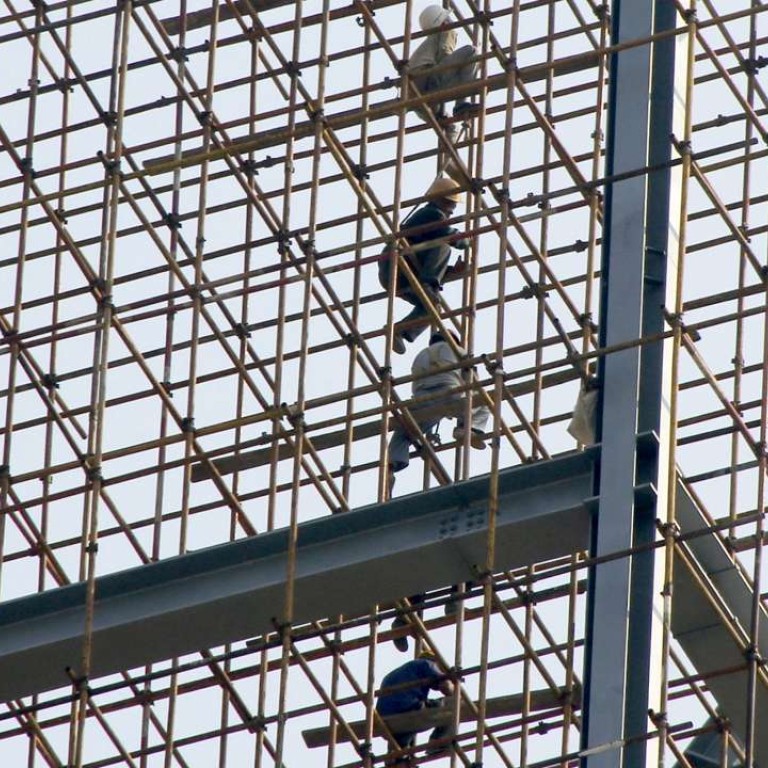
State-backed firms set to lead property sector gains
China’s developers tipped to enjoy a 10-15pc overall rise in first half profits
Some of China’s biggest property developers are likely to report highly divided first-half results in coming days, with analysts predicting state-owned firms are set to lead the gains.
“Margins will be diversified as they reflect home sales in the second half of 2014 and the first half of 2015 [revenues are booked a year after the pre-sales stage in China] when the market was struggling and many developers slashed prices for the sake of sales,” said Raymond Cheng, a property analyst at CIMB Securities.
But it’s the state firms, such as China Overseas Land and Investment (COLI)and China Resources Land (CRL), that are expected to have fought off the headwinds better, thanks to cheaper land costs and more efficient operations, Cheng said.
Mizuho securities expects both COLI and CRL and to see rises above 20 per cent rise in core profit, excluding fair value and foreign exchange factors, as the sector enjoys a 10-15 per cent overall gain during the first half.
CIMB is more moderate, however, in its expectations for the private sector with numbers set to increase a more modest 8 per cent for the period.
China Vanke is expected to be among the strongest private performers with stable volume growth and margins, despite remaining embroiled in a long-running takeover battle since last December.
But Guangzhou R&F Properties, a mid-sized firm, is being tipped as the top gainer, with CIMB estimating its core profit to surge 163 per cent in the first half, helped by its lower base compared with the same period last year.

Sunac China, one of the nation’s top 10 homebuilders by sales, has already warned the Hong Kong stock exchange its first-half net profit is expected to plummet 90 per cent year on year.
The company said it had been dragged down by increased financing costs and forex losses, which resulted in fewer completed projects during the period.
Margins at mid-sized Greentown China and Sino-Ocean Land are also under pressure, according to analysts, with rising land prices seriously affecting their bottom lines.
We believe the sector’s margins will be improved [by the second half], because of lower financing costs, with many developers renegotiating their debt
CIMB’s Cheng expects the private sector’s average gross margins to have contracted 0.5 to 1 per cent year on year for the first half.
“We believe the sector’s margins will be improved [by the second half], because of lower financing costs, with many developers renegotiating their debt,” said Alan Jin, a property analyst at Mizuho.
He added that some developers may now raise their contracted sales targets for the whole year after recording better-than-expected sales so far, helped significantly by supportive government policies.
Industry leader China Evergrande Group, for instance, said last week it was raising its 2016 sales targets by 50 per cent to 300 billion yuan.
JP Morgan analysts reported at the start of the month that property sector shares had underperformed so far this year compared with indices, despite a 56 per cent surge in year-on-year sales.
“This is a very scattered industry and performances could vary among developers due to their different strategies and investment philosophies,” they said, adding that investors would be advised to seek opportunities through bottom-up, rather than top-down analysis.

